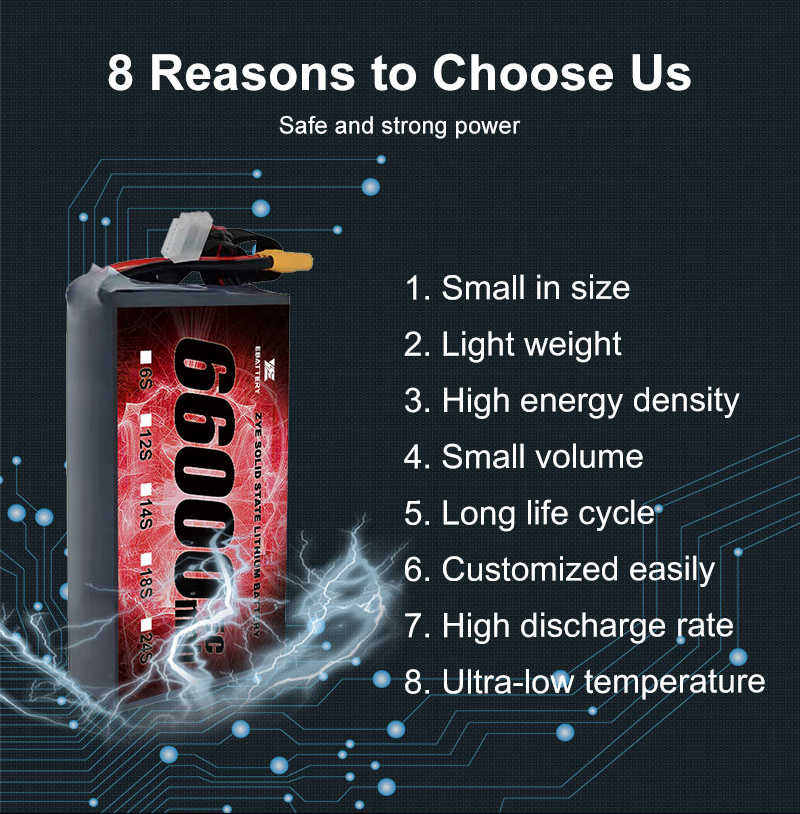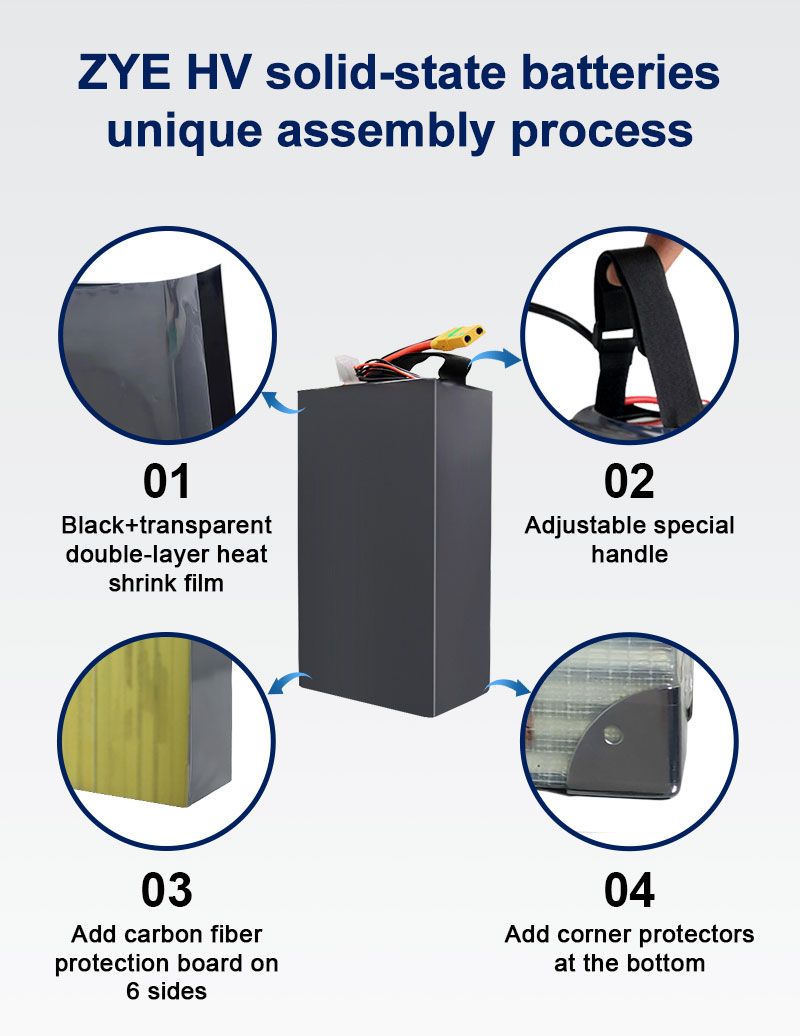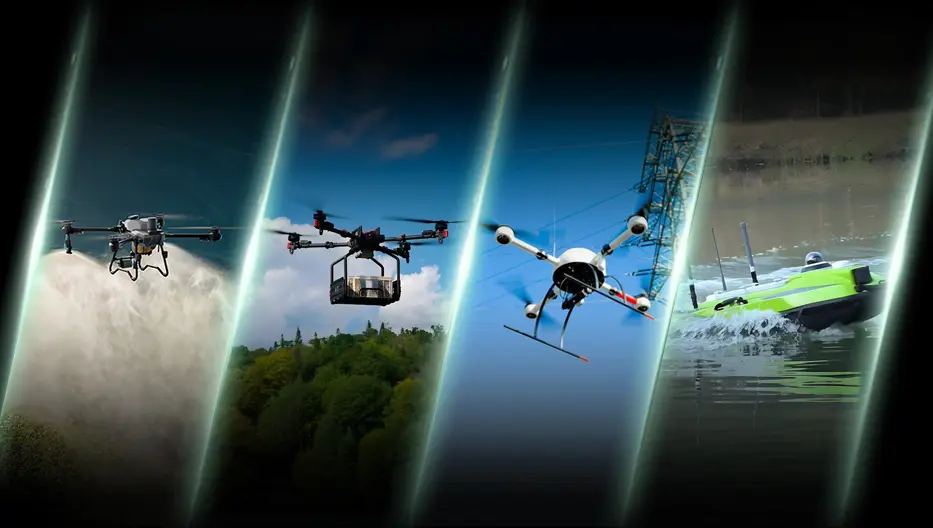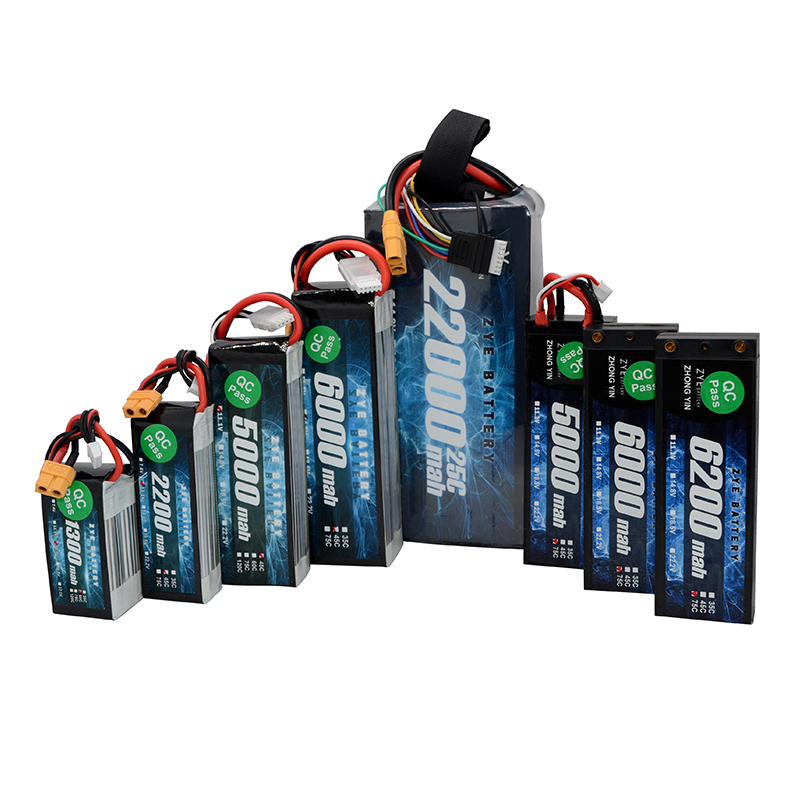How to balance a drone lipo battery?
Lithium Polymer (LiPo) batteries are the lifeblood of modern drones, powering everything from casual hobbyist quadcopters to professional aerial photography rigs.
One of the most critical maintenance tasks for lipo-battery is balancing. In this article, we’ll break down what battery balancing is, why it matters, and how to do it properly.

What Is LiPo Battery Balancing?
To understand balancing, let’s first look at how LiPo batteries are structured. A typical drone LiPo battery isn’t a single block of energy; it’s made up of multiple smaller cells connected in series. For example, a 3S (3-cell) battery operates at 11.1V (each cell is 3.7V, and 3 × 3.7 = 11.1V), while a 4S battery runs at 14.8V.
Why Balancing a Lipo Battery is Crucial for Longevity?
LiPo batteries consist of multiple cells connected in series or parallel. Over time, these cells can develop slight variations in voltage, which can lead to reduced performance and potentially dangerous situations if left unchecked.
1. Maximizes Battery Capacity: When cells are balanced, you can utilize the full capacity of your battery, ensuring longer run times for your devices.
2. Extends Battery Life: Balanced cells experience less stress and degradation, leading to a longer overall lifespan for your battery.
3. Enhances Safety: Unbalanced cells can lead to overcharging or over-discharging, which can cause swelling, overheating, or even fire in extreme cases.
4. Improves Performance: A balanced battery delivers consistent power output, resulting in smoother operation of your devices.
5. Prevents Premature Failure: By keeping cells balanced, you reduce the risk of individual cell failure, which can render the entire battery pack unusable.

When Should You Balance Your lipo-battery?
Balancing isn’t a one-time task—it should be part of your regular battery maintenance routine. Here are key times to balance your drone’s LiPo battery:
After Every 3–5 Charge Cycles: Even if you use a balance charger, periodic full balancing helps correct minor voltage discrepancies that build up over time.
If Flight Time Drops Suddenly: A noticeable decrease in flight time often signals cell imbalance. Balancing can restore lost capacity.
After a Deep Discharge: If your drone’s battery was fully drained (e.g., the drone landed unexpectedly due to low power), balancing is essential to reset cell voltages.
Before Long-Term Storage: If you’re putting the battery away for weeks or months, balance it first to ensure cells are at a safe storage voltage (3.8–3.85V per cell).
When the Battery Swells or Warms Unevenly: Swelling or uneven heat during charging is a red flag for imbalance. Stop charging immediately and balance the battery (if safe to do so).

Tools You’ll Need for Balancing
Balance Charger: This is the most critical tool. A quality balance charger (e.g., brands like iMax, Tenergy, or Hitec) has a built-in balancing function. It connects to both the battery’s main power plug (for charging) and its balance port (to monitor individual cells).
LiPo Battery with a Balance Port: All modern drone LiPo batteries come with a balance port—a small, multi-pin connector (usually JST-XH) that allows the charger to read each cell’s voltage.
Balance Lead Cable: This cable connects the battery’s balance port to the charger’s balance port. It’s often included with the charger, but replacements are cheap if lost.
Fireproof Charging Bag or Container: Safety first! LiPo batteries can ignite if damaged or overcharged, so always charge and balance them in a fireproof container.
Voltage Checker (Optional): A small device to manually check cell voltages before or after balancing, helping you confirm the charger’s readings.
Conclusion
Balancing your drone’s lipo-battery is a simple yet vital task that directly impacts performance, longevity, and safety. By making it part of your regular maintenance routine, you’ll enjoy longer flight times, extend your battery’s lifespan, and reduce the risk of accidents.
If you're looking for high-quality LiPo batteries or have more questions about battery care and maintenance, don't hesitate to reach out to our team of experts. We're here to help you get the most out of your battery-powered devices. Contact us today at coco@zyepower.com.
























































